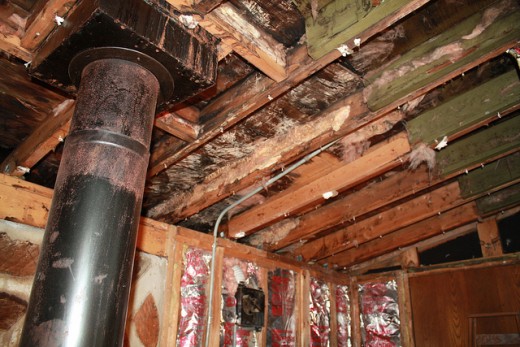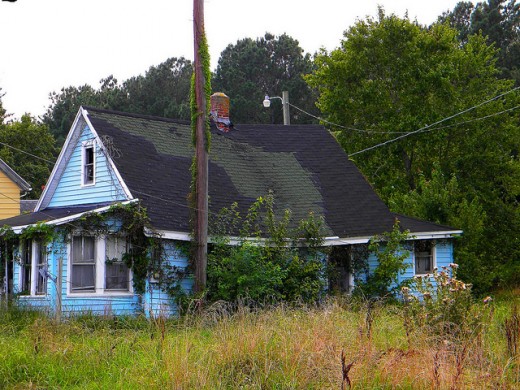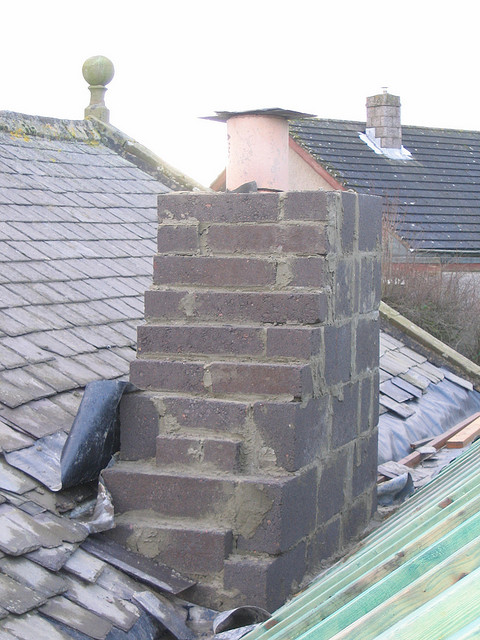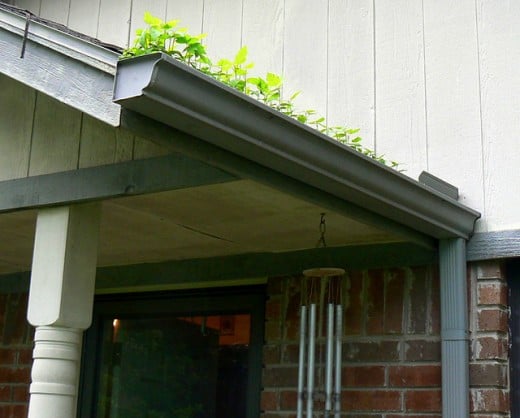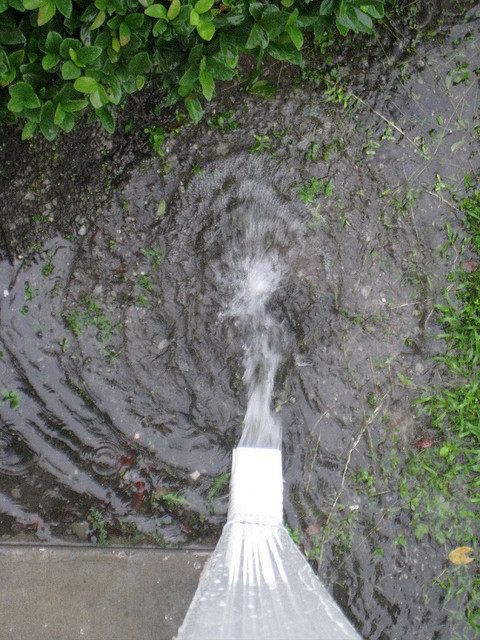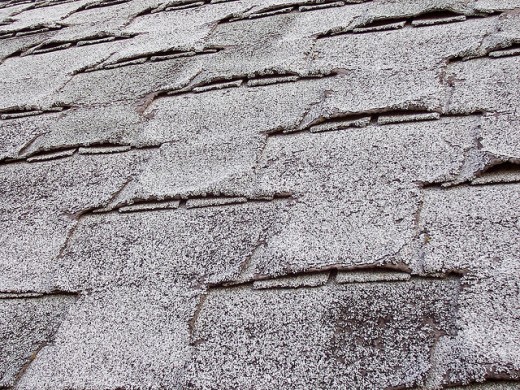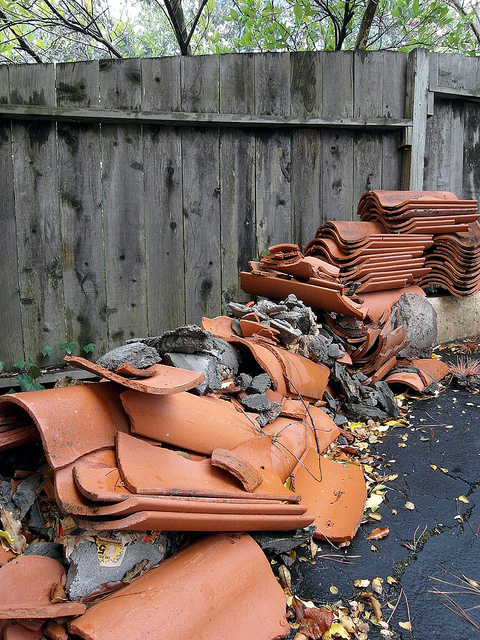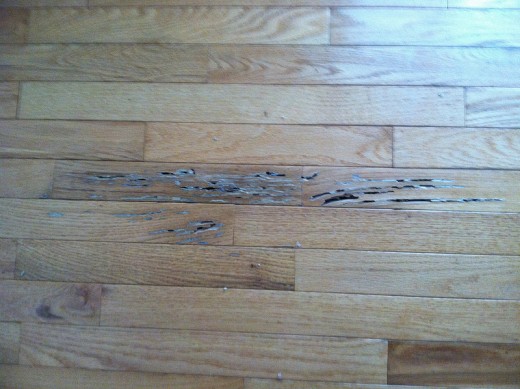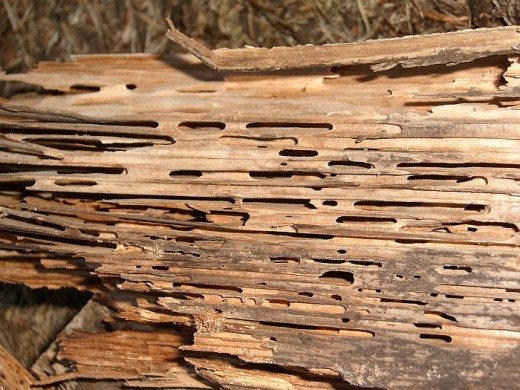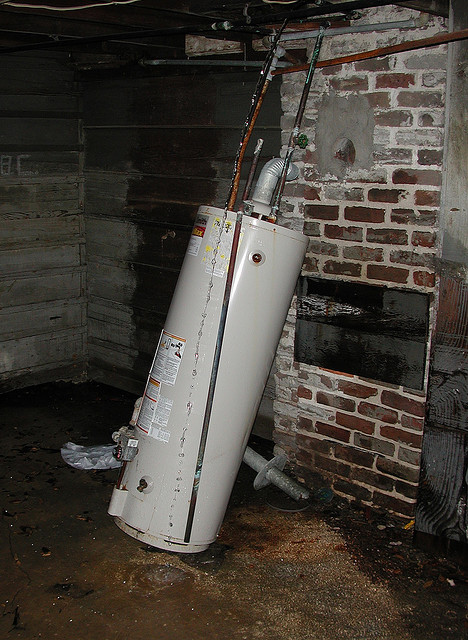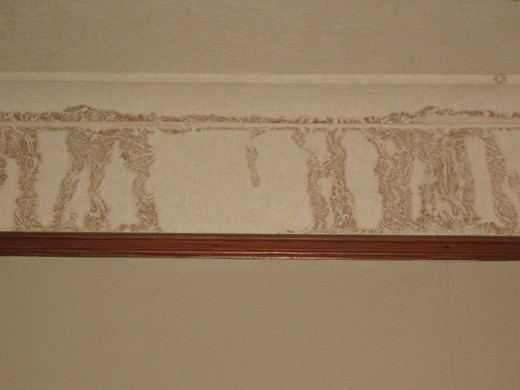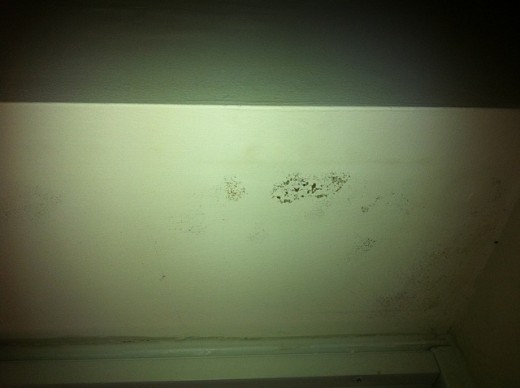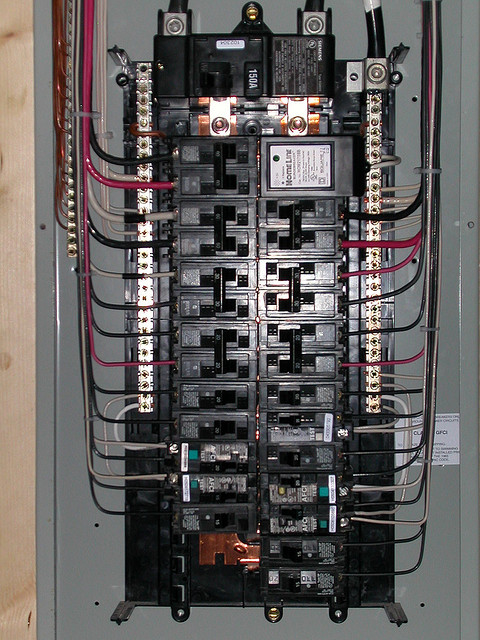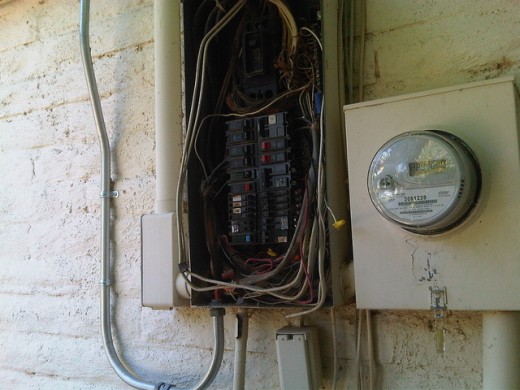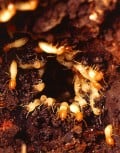Avoid Plumbing Issues, Electric Problems When Buying a House
by Kathy Batesel
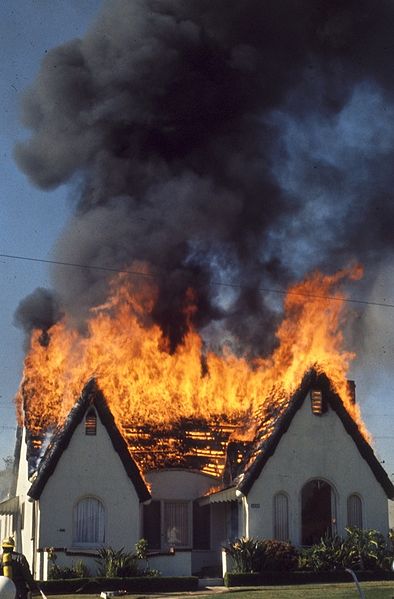
Don't Make an Offer Until Looking for these Problems
Hiring a qualified third-party inspector to investigate the house you want to buy is a smart choice. Problems that could cost thousands to fix can be identified before they become your problem. By learning to identify hidden problems while you’re still looking for a house, you may save time and aggravation by ruling out houses with major problems sooner and saving the cost of the inspection. Even an untrained eye can spot potentially expensive water problems, fire hazards, foundation issues, and appliance problems.
When I first became a Realtor, I didn't know how to recognize issues like these, but I quickly learned. Later, as I became successful in my career, I heard horror stories about unscrupulous agents who advised buyers not to get inspections or who failed to point out obvious material defects to the buyers who'd once trusted them.
Here's a primer of things to look for when you tour homes so you can avoid making an offer, spending a few hundred dollars for an inspection, and later backing out over something you could have discovered simply by looking with a critical eye.
Have you ever had costly repairs due to hidden water problems?
Water problems
Water problems can cause tremendous damage to a home’s roof, structural supports, and foundation. It’s one of the easiest problems to spot, and if caught early enough, can be a simple repair. If it has already become a problem, the cost of fixing the problem can skyrocket.
Take a look at these average repair costs to see how important it is to prevent and avoid water damage:
Type of Repair
| Cost Estimate
| Notes
|
|---|---|---|
Roof Replacement
| $4,500 - $30,000
| Depends on house size, materials
|
Tuck point (mortar repairs)
| $3 - $5 per square foot
| |
Repair concrete slabs/driveway
| $7-10 per square foot
| |
Mold Remediation
| $300 - $50,000
| Depends on several factors
|











Spot Water Problems from Outside the House
Before you set foot in the house, look for exterior warning signs. Very worn composition shingles, rotting shake (wood) pieces, and broken tiles can invite water leaks and hint at interior damage. Gutters should be present where rain flows from the roofline to carry the water to downspouts. You shouldn’t see daylight through the seams where gutter pieces are matched up, and a metal strip called “flashing” should extend from underneath shingles and cover the top edge of the gutters. If light can be seen between the gutter and the house, it will need to be reattached properly to provide adequate protection.
Look for signs of chimney deterioration and proper sealant around the sewer vent pipe, attic vents, and chimney. Sealant is typically black and should extend for a few inches around flashing. Thick, sloppy-looking sealant that covers a wide area rather than just protecting joints can indicate leakage and an improper repair.
Check the slope of the earth around the house. It should slope down from the foundation in such a way that water flows away from the house. If the ground has eroded so that water pools against the exterior walls, there could be interior problems. Even if water has not penetrated the walls, the ground will have to be filled in to prevent future damage.
Look for Termites and Carpenter Ants, Too
Termites and carpenter ants are drawn to exposed wood, especially if moisture is present. Check exposed wood on a home's exterior for visible signs as seen in the photo gallery above. Exposed sill plates near the ground, decks, window and door frames are obvious places to look. Also check areas where firewood or other debris has been left standing by the current owners.
In both states where I practiced real estate, termite inspections were required by law. In Missouri, treatment for termites could be paid for by the buyer or seller. In Kansas, state laws forced the seller to pay for treatment. Neither state specified who would be responsible for structural damage, however, so this was a negotiating point when termites were found.





Indoor Signs of Plumbing Issues
Inside, look for brown stains on ceilings, particularly around fireplaces, light fixtures, skylights, and inside closets. These are indicative of roof leaks that may or may not have been repaired. (If the seller reports that the roof was repaired, ask for written verification.) When you see signs of water leaks at light fixtures, you may also be seeing a fire risk. Similar stains on vertical walls can reveal broken plumbing.
Dry-rotted window frames and brown stains around windows are signals that water is penetrating the window seals or that there is heavy condensation, which can result from poor insulation.
Inspect the interior of cabinets beneath sinks. Here, water damage will appear as white stains on wood, brown stains on drywall, and you may see dry rot. The visible pipes may have discoloration from water leaks as well. Some sellers will install new wood to hide stains, so if you see a new cabinet bottom, pay attention.
Around toilets, tubs, and showers, look for soft areas in the floor, which you can usually detect by stepping around the area. The sub-floor should remain firm, not mushy. Peeling, bubbled or discolored vinyl flooring hints at water damage that may be due to a leak. Tiled floors may have discolored grout where water has stood.
In basements, water can leave white stains on concrete. This is also where mold problems often begin.
Mold and Toxic Mold
Mold is a major problem by itself, and always reveals water-related issues. Broken pipes and leaky basements are the two most common starting points for mold. Even after fixing the source of water, you’ll still have to contend with the mold. If you see more than ten square feet with growth, you may have to hire a remediation specialist to fix the problem, as it has likely penetrated the ductwork and will spread.
Although there are hundreds of varieties of mold that grow in American homes, fewer than 100 are thought to cause disease or be toxic. However, people with compromised immune systems or respiratory ailments can be affected by mold spores - even dead ones that are no longer actively growing. If a very small area of mold is discovered, it may be easy to treat.
Treating larger areas can require cutting out drywall, replacing walls, cleaning ductwork, eliminating the water source, and installing ventilation. In extreme cases, houses with excess mold may be uninhabitable.
Test Yourself
view quiz statisticsSigns of Electrical Risks & Fire Hazards
Obviously water leaks combined with electric light sources can present fire risks. Also examine electrical outlets and visible wiring to detect scorch marks. If you see blackened areas, consult a licensed electrician before attempting to fix it yourself. The causes can be more complex than simply changing a fixture.
Inspectors and electricians can identify subtle electrical problems like aluminum wiring or missing grounds, but even if you’re not an electrician, you can spot basic potential problems yourself.
Look at the junction box. Federal Pacific and Zinsco/Sylvania electric panels are noteworthy fire and shock risks. These cannot be safely tested for reliability, so electricians recommend their replacement. If you see black breakers with red tips, or pastel-colored breaker switches, ask an electrician to positively identify it for you. (The gray cabinet contains the electric panel, but is not made by the same manufacturer, so do not rely on company names you see on the cabinet.)
The topmost breaker has a number on it – 60, 100, or 200 amps. Sixty-amp service may be sufficient for a very small one or two bedroom home, but at least 100 amps are needed for a three-bedroom house. If you see circular glass fuses or a secondary panel box, you may have difficulty obtaining insurance and might discover later that the wiring was improperly completed.
At the main junction box, determine if there is room to add more circuits. If every slot is full, the electric panel may be too small to service the house. Each breaker should have one wire leading to it. If you see two wires for one breaker, the circuit has been double-tapped. This is not uncommon in homes where the circuit panel is too small or do-it-yourselfers have attempted repairs.
Do you see any melted wire insulation? The electrical main coming into the junction box will have two thicker electric lines. The insulation should be neatly cut above where they enter the electric panel cabinet. Melted insulation shows overheating. The same holds true for each of the wires connected to the circuit breakers, so visually check each one.
Look for steel or blue electric junction boxes that are missing covers. Also check each line for exposed wiring, splicing, taping, and abandoned wires that have been cut and left hanging. These are all signs of improper wiring that can be dangerous.
Inspect the Basement or Crawl Space Closely
While you’re in the basement, look at the floor joists for evidence of water stains. Find the weight-bearing supports and main beam. Ensure they are firmly supported, with no wood blocks, bricks, or other quick-fixes that indicate probable foundational support problems. If the house is built on a crawl space, you won’t see as much, but if you open the access and snap some flash photos with your digital camera, you can sometimes catch similar problems without an inspection. (You may also discover standing water, fallen insulation, or signs of animals nesting there.)
If the basement has been finished and has a drop ceiling, consider lifting some of the ceiling panels and taking photos of that portion the foundation walls to get a better idea of whether any water leaks, shifts or cracks are evident in the home’s exterior foundation walls.
A word on cracks: Concrete typically has hairline fractures in it. By itself, that’s not generally a cause for concern. These kinds of cracks can be present anywhere in foundation walls, but they’re especially common at window and doorframes. When cracks are wide or penetrate the full width of the concrete, it’s worth checking into. If the wall is standing perpendicular to the floor on one side of the crack but not the other, or if you see through the crack to the other side of the wall – such as glimpsing daylight or seeing roots, some expensive repairs will be needed.
Back Where We Started... Water
Finally, look at plumbing lines and the water heater. Rust or bluish residue on copper pipes, including on top of the water heater, indicate leaks and sometimes more serious problem. If you see any steel pipes, you may need to replace them soon. Galvanized steel builds up residue and cuts down on water flow, and has been replaced by PVC and flexible pipe systems in newer homes.
If the house you’re studying fails these tests, you can move on to another home without hiring an inspector. If you still want to get the house, you can use the inspector’s report to negotiate a lower price, ask the seller to make needed repairs, or to get estimates for repairs to see whether you’d pay to complete them yourself. Whatever choice you make, your inspection experience will save you money in the long run.

